Art has always been a reflection of human emotion, consciousness, and thought. Among its many genres, abstract art stands out as one of the most compelling and emotionally resonant. Unlike traditional figurative art, abstract painting speaks directly to the subconscious. It removes boundaries and invites viewers to feel rather than interpret.
In this blog, we’ll explore five captivating abstract paintings that continue to spellbind art lovers, critics, and casual viewers alike. These works of art are not just famous — they are deeply rooted in the history of abstract expressionism, modernism, and postmodern exploration.
Whether you’re a seasoned collector, an art history buff, or someone who simply enjoys a splash of color and chaos on canvas — this post will take you through a mesmerizing journey.
1. Wassily Kandinsky – Composition VII (1913)
Artist: Wassily Kandinsky
Location: Tretyakov Gallery, Moscow, Russia
Why It Captivates:
Kandinsky is widely known as the pioneer of abstract art. In “Composition VII,” he encapsulates the chaotic harmony of spirituality and emotion. With swirls of color, symbolic shapes, and frenetic brushstrokes, this piece is often referred to as a visual symphony. Many viewers feel an almost musical rhythm in the way the colors clash and blend.
Symbolism:
The painting is said to represent themes of resurrection, the Last Judgment, and redemption — but with no literal visuals, it is the viewer’s mind that completes the story.
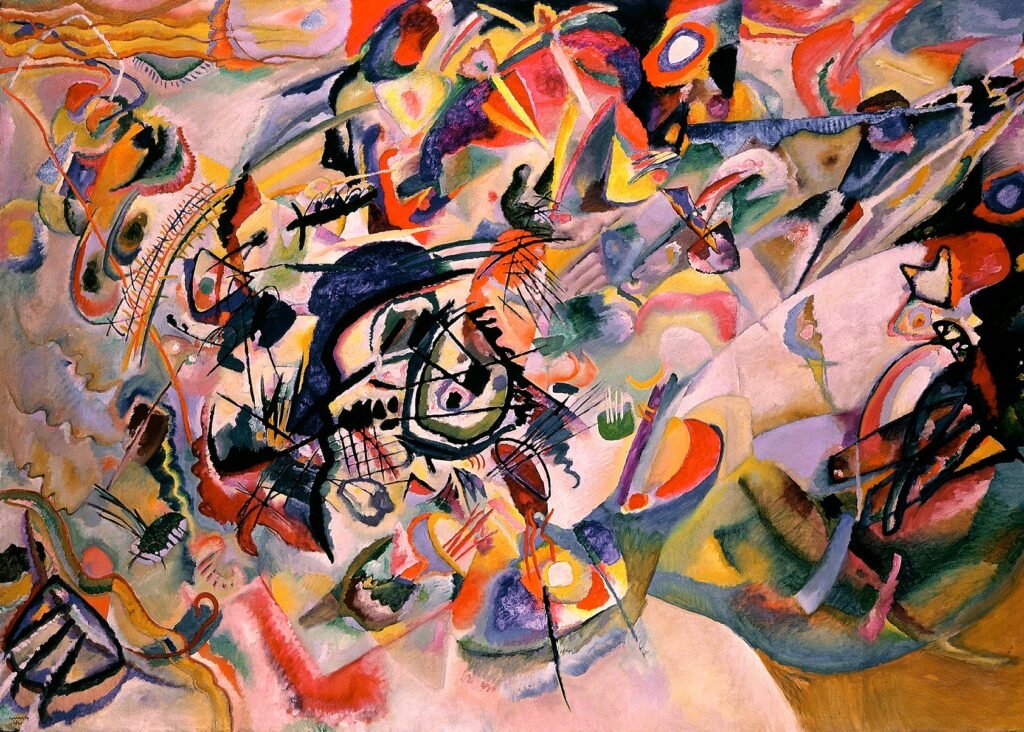
2. Jackson Pollock – Number 1 (Lavender Mist, 1950)
Artist: Jackson Pollock
Location: National Gallery of Art, Washington, D.C.
Why It Captivates:
Pollock revolutionized abstract art with his “drip technique”, creating works that were raw, explosive, and deeply personal. “Number 1” is a chaotic blend of emotion, texture, and movement. What appears like random splashes is actually a sophisticated dance of motion and emotion.
Symbolism:
Though seemingly chaotic, each layer and stroke tells a story of inner turmoil and freedom. It is as much a performance piece as it is a visual one.
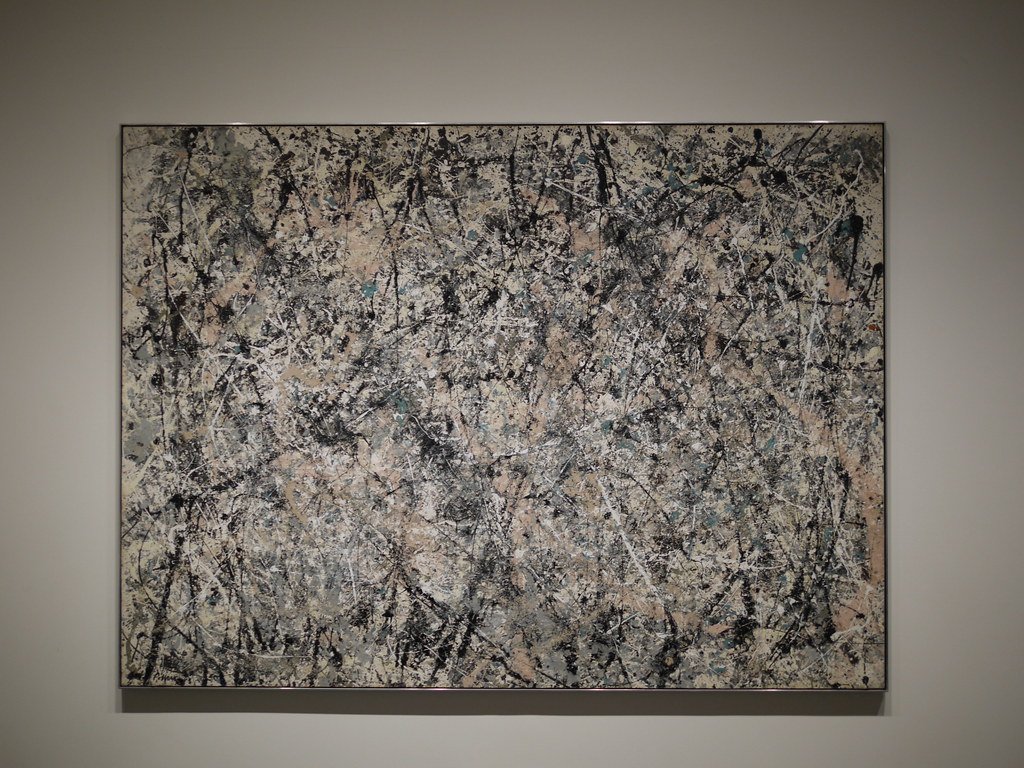
3. Hilma af Klint – The Ten Largest (1907)
Artist: Hilma af Klint
Location: Moderna Museet, Stockholm
Why It Captivates:
Hilma af Klint’s abstract work predated Kandinsky, yet she remained in obscurity for most of her life. “The Ten Largest” is a series of vibrant, swirling paintings that explore the human life cycle — from childhood to old age — using symbolism, color psychology, and geometry.
Symbolism:
These paintings explore the metaphysical and spiritual development of the human soul. They were not meant to be understood with logic, but with intuition.
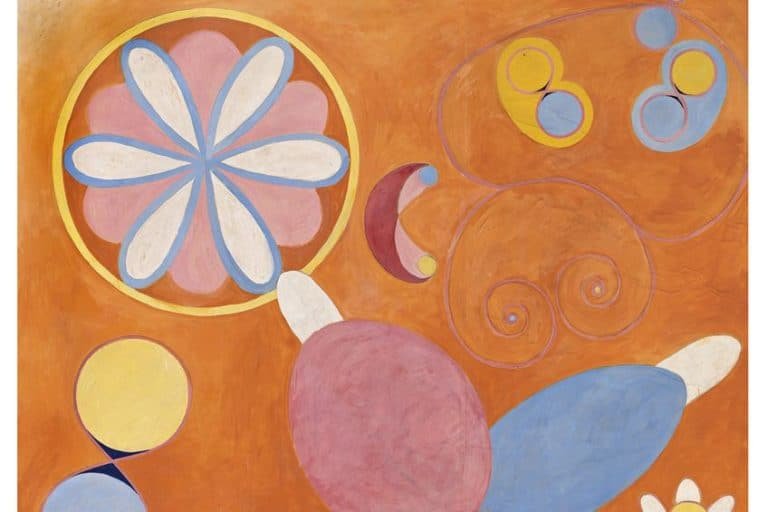
4. Mark Rothko – Orange, Red, Yellow (1961)
Artist: Mark Rothko
Location: Private Collection (Previously auctioned at Christie’s)
Why It Captivates:
Rothko’s paintings are deceptively simple. Giant blocks of color seem to float on the canvas, but spend more than a few moments with them, and you’ll find yourself pulled into an emotional void. “Orange, Red, Yellow” is a soul-stirring gradient of color, intended to invoke spiritual transcendence.
Symbolism:
The transitions between the colors symbolize human emotion, suffering, and euphoria. Rothko famously said he wanted his viewers to cry in front of his paintings — many do.
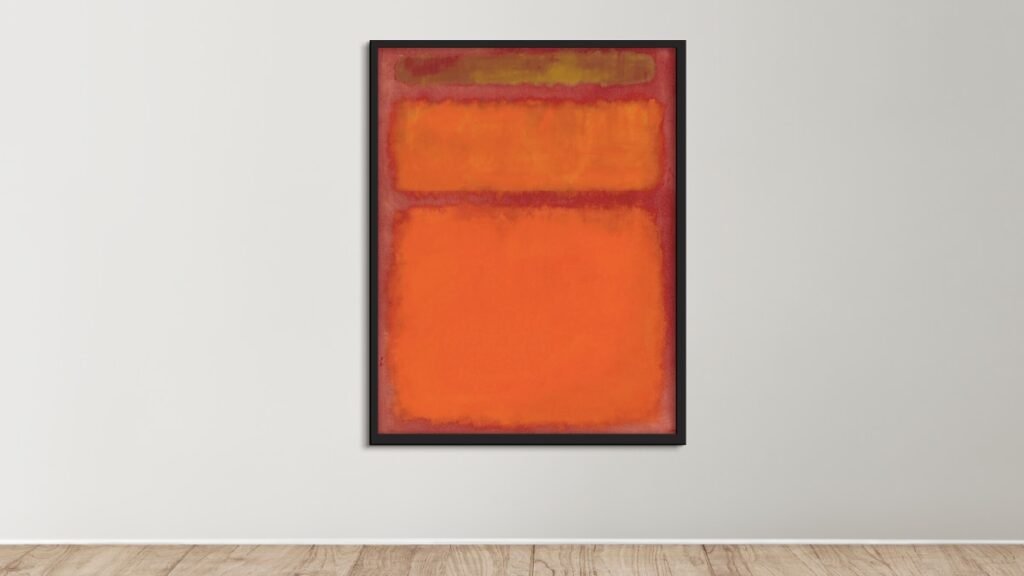
5. Gerhard Richter – Abstract Painting (809-4, 1994)
Artist: Gerhard Richter
Location: Private collections and rotating galleries
Why It Captivates:
Richter’s works push the boundary between abstract and photorealism. In “809-4,” vibrant colors are applied and then scraped away in layers. The result is a stunning fusion of intentionality and accident, making each viewing experience unique.
Symbolism:
Richter believed in letting chance take control, allowing each viewer to see something different based on their own perception.
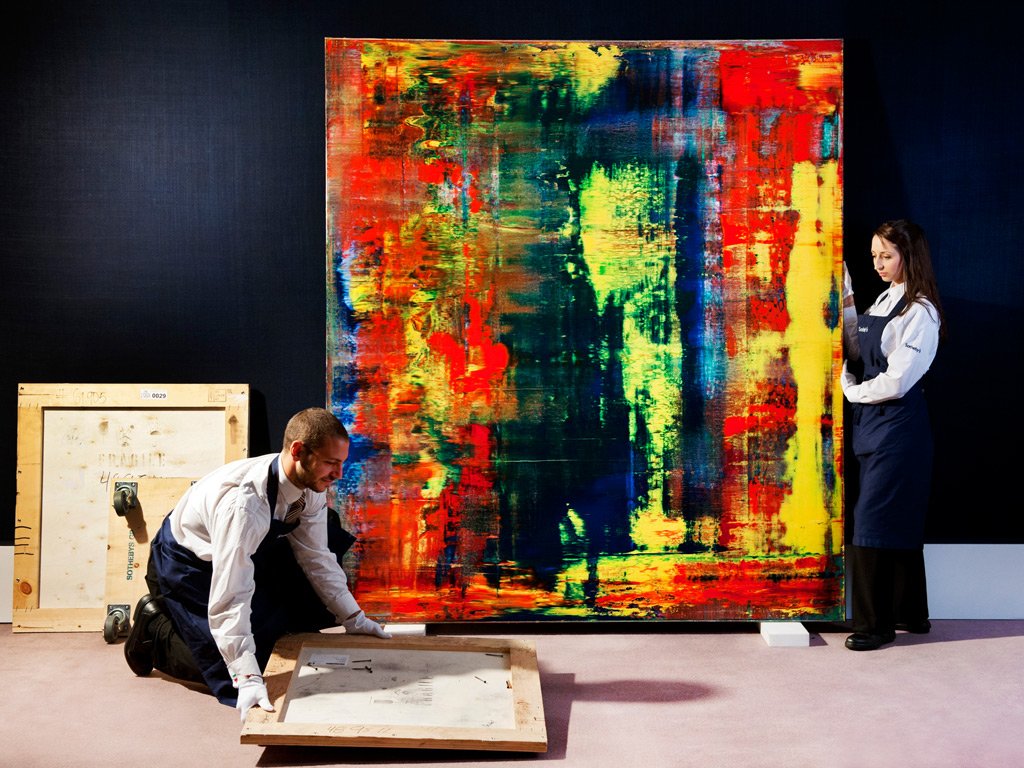
Why These Abstract Paintings Still Resonate
Each of these artworks challenges traditional definitions of beauty, form, and structure. They go beyond the brush and canvas to stir emotions, spark curiosity, and offer a mirror into the viewer’s own soul.
Abstract art is not about answers — it’s about questions.
- What do you see?
- What do you feel?
- Why are you moved?
This ambiguity is what makes these works eternally captivating. They don’t offer one story — they invite a thousand interpretations.
How to Experience Abstract Art Like an Expert
- Don’t rush. Take time to let your eyes wander over the canvas.
- Forget logic. Abstract art is about feeling, not understanding.
- Look for patterns. Repetition, texture, and contrast all carry meaning.
- Read the artist’s background. Their life often gives context to their chaos.
- Let yourself be moved. Whether confused, awed, or even uncomfortable — that is the point.
Conclusion
The beauty of abstract painting lies in its ability to transcend boundaries — cultural, emotional, and intellectual. The five masterpieces we explored are more than paint on canvas; they are experiences frozen in color. Whether you’re just entering the world of abstract art or have been immersed for years, these paintings offer something new every time you look.
You Might Also Like
👉 5 Emerging Digital Art Trends That Will Dominate This Year
